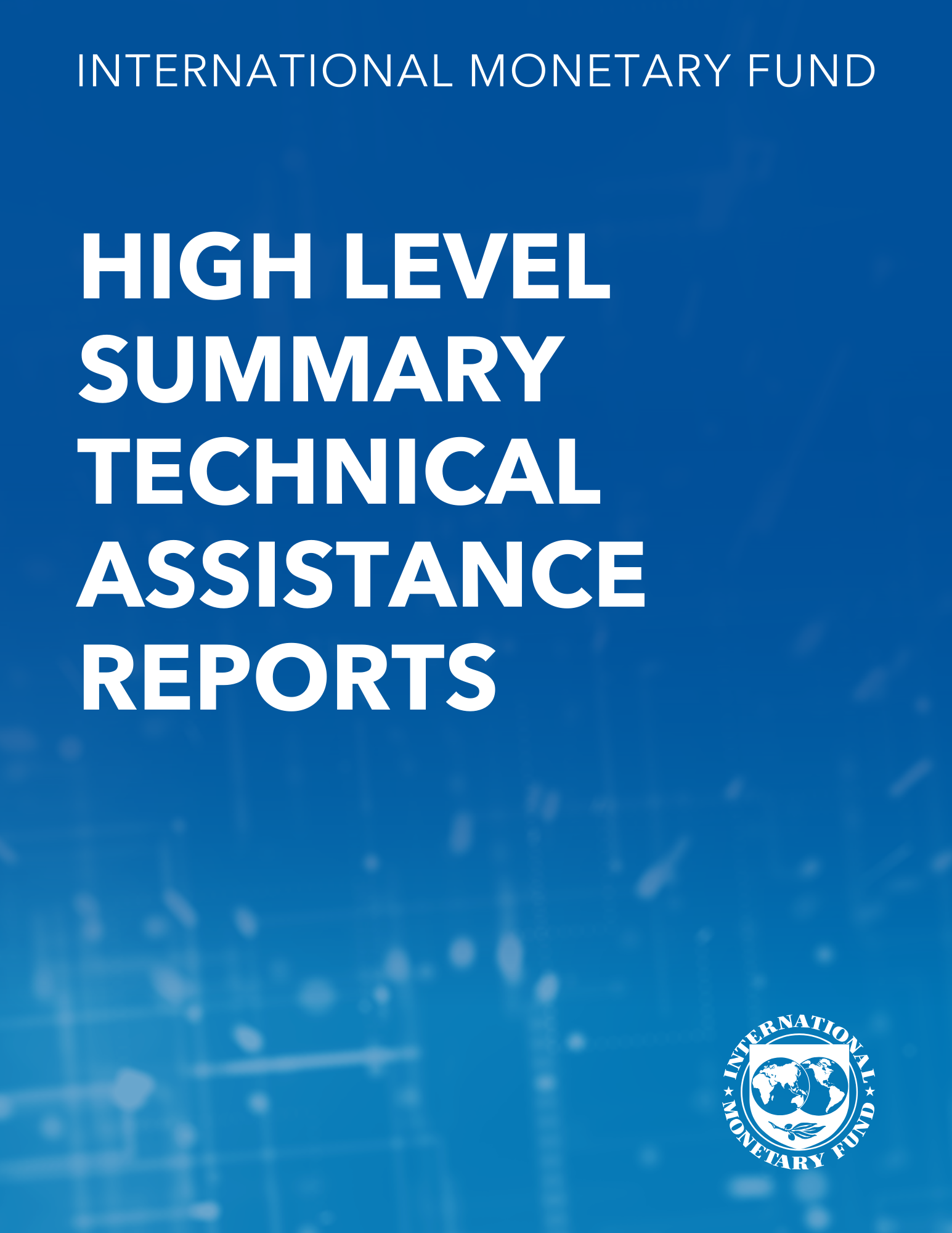Exchange Rate Regime Transitions
July 1, 2000
Disclaimer: This Working Paper should not be reported as representing the views of the IMF.The views expressed in this Working Paper are those of the author(s) and do not necessarily represent those of the IMF or IMF policy. Working Papers describe research in progress by the author(s) and are published to elicit comments and to further debate
Summary
The “hollowing-out,” or “two poles” hypothesis is tested in the context of a Markov chain model of exchange rate transitions. In particular, two versions of the hypothesis—that hard pegs are an absorbing state, or that fixes and floats form a closed set, with no transitions to intermediate regimes—are tested using two alternative classifications of regimes. While there is some support for the lack of exits from hard pegs (i.e., that they are an absorbing state), the data generally indicate that the intermediate cases will continue to constitute a sizable proportion of actual exchange rate regimes.
Subject: Conventional peg, Crawling peg, Currency boards, Exchange rate arrangements, Exchange rates, Foreign exchange
Keywords: Conventional peg, country, Crawling peg, Currency boards, Exchange rate arrangements, exchange rates, float regime, floating, Global, intermediate regime, pegs, regime, regime category, regime distribution, regime polarization, regime transition, regimes, WP
Pages:
17
Volume:
2000
DOI:
Issue:
134
Series:
Working Paper No. 2000/134
Stock No:
WPIEA1342000
ISBN:
9781451855593
ISSN:
1018-5941






